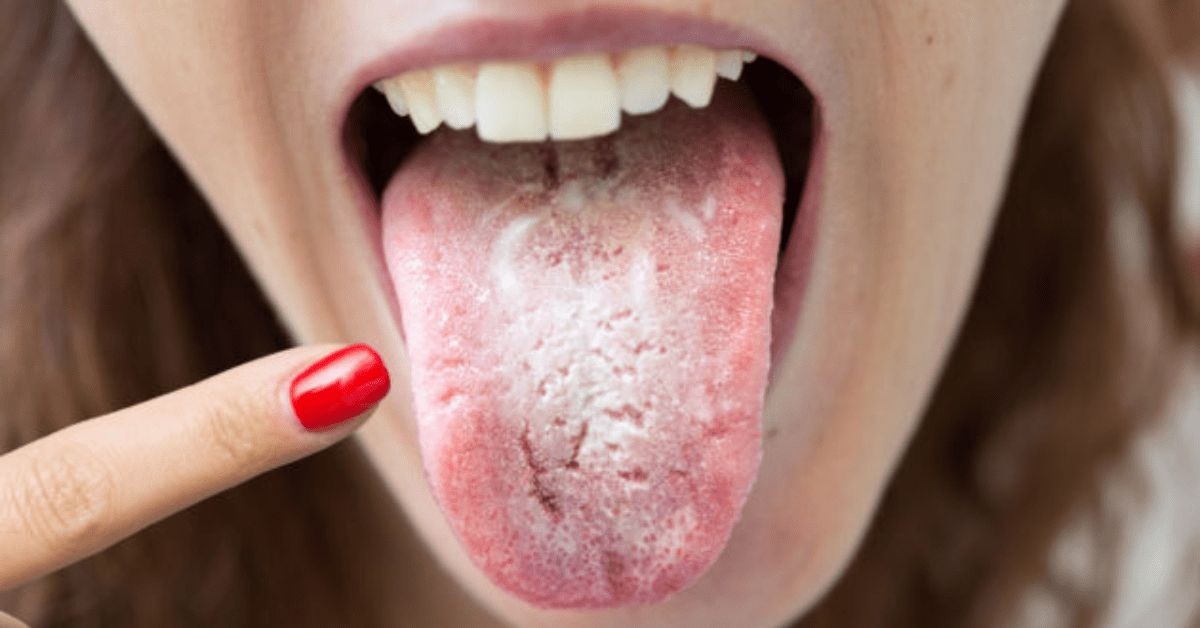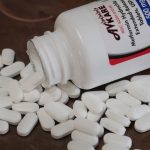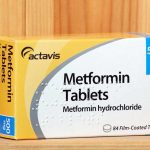
Contents
- 1 Oral Thrush in Children
- 1.0.1 Yeast Infections Explained
- 1.0.2 Thrush Transmission
- 1.0.3 Yeast and Diaper Rash
- 1.0.4 Thumb Sucking and Yeast
- 1.0.5 Nursing Mothers and Yeast Infections
- 1.0.6 Treatment for Thrush and Yeast Infections
- 1.0.7 Alternative Medication for Resistant Infections
- 1.0.8 Childcare and Yeast Infections
- 1.0.9 Other Names for Yeast Infection
- 1.0.10 From
Oral Thrush in Children
Thrush, caused by Candida yeast, commonly affects babies and older adults. It is a yeast infection that appears as white patches on the tongue, mouth, and throat. People with impaired immune systems are at a higher risk of developing thrush. In non-infant populations, thrush may be a sign of an underlying HIV infection. Symptoms of thrush in children include pain or discomfort in the mouth, refusal to eat, and a cottony feeling in the mouth.
Angular cheilitis is another form of oral yeast infection characterized by painful fissures at the corners of the mouth. It can also involve the tongue, causing flattening of its surface. Acute atrophic candidiasis can lead to pain, reddening, and erosion of the tongue.
Yeast Infections Explained
"Yeast" infections, caused by various species of the Candida fungus, are typically harmless and asymptomatic. However, certain conditions, such as antibiotic use or chronic skin folds, can disrupt the microbial balance and result in an overgrowth of Candida. In newborns, Candida infections can be acquired during birth from the mother’s vaginal yeast. Close contact with family members can also transmit the infection to babies.
Thrush Transmission
Childcare settings can experience outbreaks of thrush due to increased antibiotic use and the growth of naturally present mouth yeast. Antibiotic or cortisone-related steroid use can disrupt the oral microbial balance, leading to an overgrowth of Candida and subsequent oral thrush.
Yeast and Diaper Rash
Candida can worsen diaper rash in infants by thriving on irritated, moist skin. The infected skin is usually intensely itchy, fiery red, and may have a raised border.
Thumb Sucking and Yeast
Children who suck their thumbs or fingers may develop Candida around their nails, causing redness at the nail edges.
Nursing Mothers and Yeast Infections
Nursing mothers can develop Candida infections on their breasts, known as mastitis. These infections can be treated with the same medications used for infants.
Treatment for Thrush and Yeast Infections
Health care professionals typically treat oral thrush and yeast infections, such as Candida diaper rash, with antifungal medicines such as nystatin, clotrimazole, or miconazole. Topical antifungals are available over-the-counter, while oral thrush requires prescription medication.
Caregivers can manage diaper rash by frequently changing diapers, gently cleansing the skin, and minimizing skin contact with urine and stool. Barrier creams or ointments can be helpful.
Alternative Medication for Resistant Infections
If the initial medication does not effectively treat the yeast infection, a health care provider may prescribe an alternative antifungal cream or oral preparation, such as ketoconazole, fluconazole, or itraconazole.
Childcare and Yeast Infections
Children with thrush or Candida diaper rash do not need to be excluded from childcare. Good hygiene practices, including handwashing and disposal of secretions, can help prevent transmission.
Other Names for Yeast Infection
Health care professionals refer to yeast infections as candidiasis, while oral candidiasis is commonly known as thrush. The infection was previously called moniliasis, and thrush was known as oral moniliasis.
From
Parenting Resources
- Germs Are Everywhere. Learn How They Spread
- Early Puberty? Here’s How to Manage
- Food Allergy Diagnosis: Our Journey


